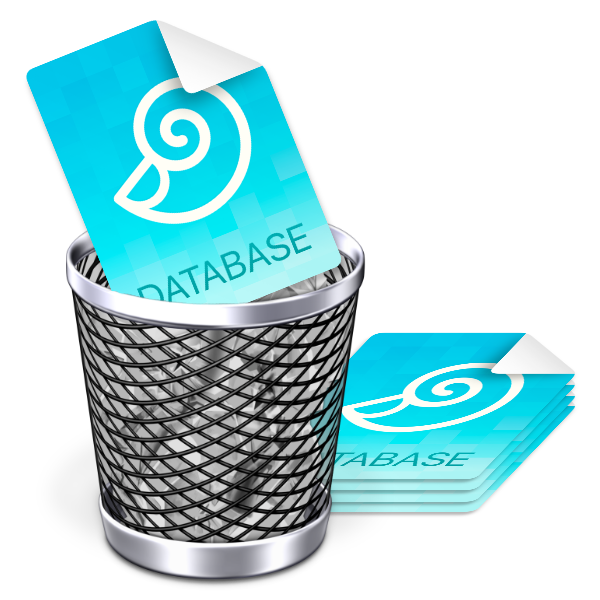Using Temporary Databases in DEVONthink

When it comes to peoples’ databases in DEVONthink and DEVONthink To Go, there often is an almost austere sense they are permanent, inviolable structures. However, as easily as they can be created they can also be deleted or archived. Here are some ideas why you may want to create temporary databases.
A temporary database would typically be a very focused database with a limited lifespan in terms of active use. Instead of adding to a larger, more general database, such a database neatly segregates data about a specific subject. Not only does that keep the data separate and easily accessible at a glance, but you can also close the database when not needed. When the database is no longer going to be needed, used, or actively referenced, archive and/or delete it.
While adding to an existing database is certainly beneficial, here are a few examples where a temporary database may work for you…
- In litigation, you could use one database per case. Case closed could equal an archived database.
- In business, you could create a single database for a one-time client. Archive the database when the project is finished.
- In academia, you can create one database per project, per class, per school year, etc. And if you’re an educator you could even have a database per student. After the school year is over, close and archive or remove the databases.
- In the home, a database per household project can keep the particulars of the project, like notes, material lists, contractor invoices, etc., separate from others.
- Testing different organizational methods can be done in temporary databases, leaving other databases untouched.
Instead of merely deleting the database when you’re finished, you can export an archive, as discussed two weeks ago. In DEVONthink, select the database, then choose File > Export > Database Archive to create an optimized, compressed (ZIP) file of the database. The archive file can be then put into your normal backups or stored in your cloud account.
Note: This article deals with an older app generation. Interface elements, menu paths, and procedures could differ.
